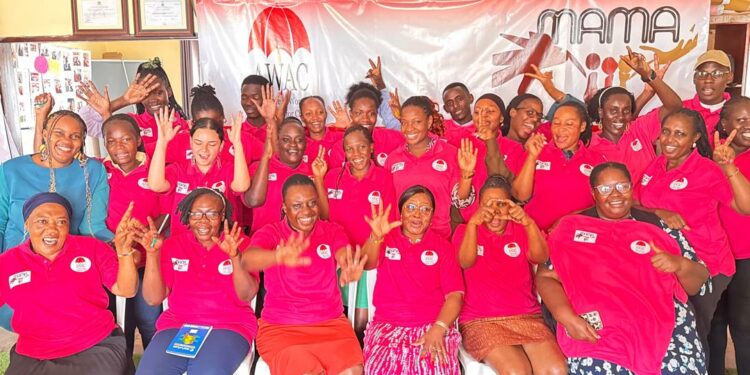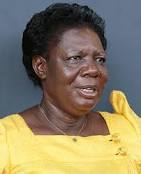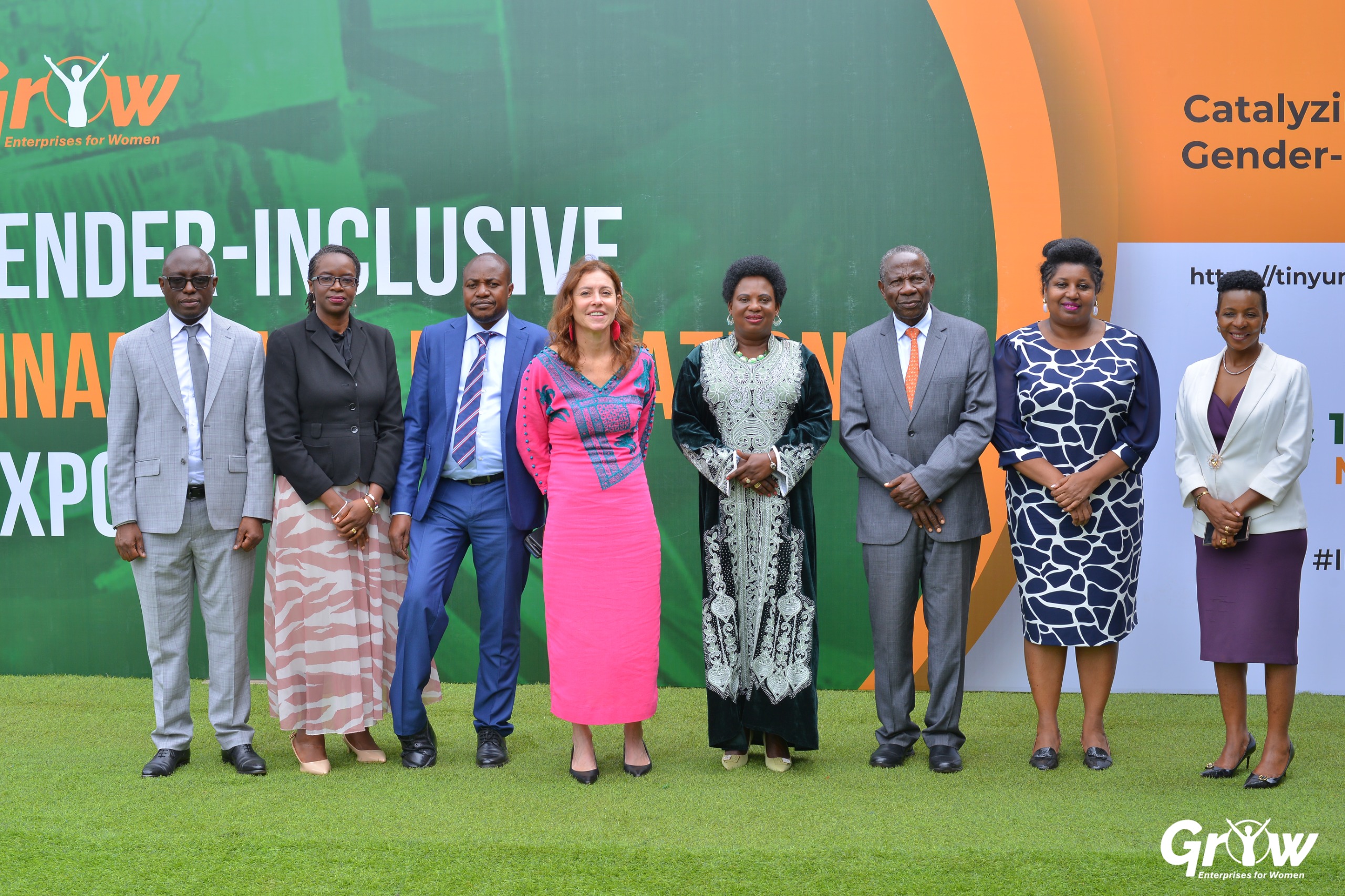As Uganda joined the world in commemorating Safe Motherhood International Day, the Alliance of Women Advocating for Change (AWAC) renewed calls for stronger recognition of women’s rights to bodily autonomy, choice, and dignity, especially among marginalized communities.
Speaking at AWAC’s headquarters in Mengo, Executive Director Kyomya Macklean emphasized that safe motherhood is more than surviving childbirth—it is about empowering women to make informed decisions about their reproductive health without fear, stigma, or coercion.
“Safe motherhood is about ensuring bodily autonomy, choice, and dignity,” Macklean said. “Every woman should have the right to decide for herself—without pressure from a partner, a peer, or society—how to manage her reproductive health.”
This year’s commemoration, held under the theme “Amplifying Grassroots Community Voices for Choice, Dignity, and Access to Comprehensive Health Care Including Self-Managed Abortion”, highlighted the importance of community-led approaches to overcome barriers such as distance to health facilities, cost, and social stigma.
“Access to safe abortion can be done within communities if women have the right information and quality options,” Macklean added. “It must be safe, informed, and voluntary, not influenced by anyone.”
Unsafe Abortion Remains a Critical Challenge
The statistics underscore the urgency of these interventions. Uganda sees an estimated 297,000 induced abortions annually, with nearly 85,000 women hospitalized for complications from unsafe procedures. Unsafe abortion accounts for roughly 26% of maternal deaths in the country, with adolescents among the most vulnerable due to lack of information, stigma, and limited access to safe services.
“Every two minutes, a woman dies globally from pregnancy or childbirth complications, and many of these deaths are preventable,” Macklean emphasized. In East Africa, unsafe abortion contributes to 18% of maternal deaths, and the region accounts for 75% of unsafe abortions in Sub-Saharan Africa. Restrictive laws and societal stigma in countries like Kenya and Uganda force women to resort to dangerous methods, highlighting the need for community-led education and care.
Community Voices at the Forefront
The dialogue brought together participants from five districts, including sex workers, women living with disabilities, people who use drugs, young women, and individuals in humanitarian settings, alongside journalists tasked with shaping public discourse on reproductive rights.
“Media plays a critical role in shaping conversations on safe motherhood,” Macklean said. “We need to work together to dispel myths, stigma, and misinformation.”
Namukwaya May, Executive Director of the Kasanje Self Care Initiative Uganda, added that preventable maternal deaths persist despite progress in maternal health, particularly among adolescents, rural women, and female sex workers.
“We cannot celebrate safe motherhood when women are still dying every two minutes globally from preventable complications,” May said. “Stigma, discrimination, and limited access to skilled care continue to cost lives.”
Macklean expressed concern over restrictive international policies such as the Global Gag Rule, which have historically limited funding for reproductive health programs. These restrictions, she said, have disrupted community-based services, including HIV care, cervical cancer screening, family planning, and post-abortion care.
“These funding cuts reversed progress we had made in building community systems that supported women holistically,” Macklean explained. “Now, we are being told to silence ourselves about abortion and family planning—which is both unrealistic and unjust.”
AWAC advocates for community-led solutions as a sustainable model to reduce preventable maternal deaths. By equipping local communities with knowledge, resources, and support networks, the organization aims to ensure all women, particularly the most vulnerable, can access safe, respectful, and informed reproductive care.
“Safe motherhood is not just about giving birth safely,” Macklean concluded. “It’s about living with dignity, having choices, and being heard.”
Uganda has made strides in reducing maternal mortality, with the Maternal Mortality Ratio dropping from 336 to 189 deaths per 100,000 live births. Yet experts note that more work is needed to achieve the UN Sustainable Development Goal 3.1, which aims to reduce maternal mortality to below 70 per 100,000 live births by 2030
Do you have a story in your community or an opinion to share with us: Email us at editorial@watchdoguganda.com












